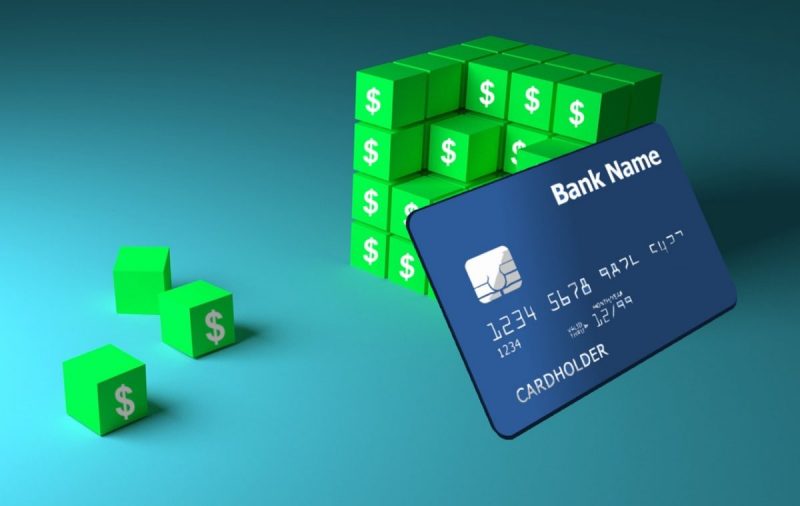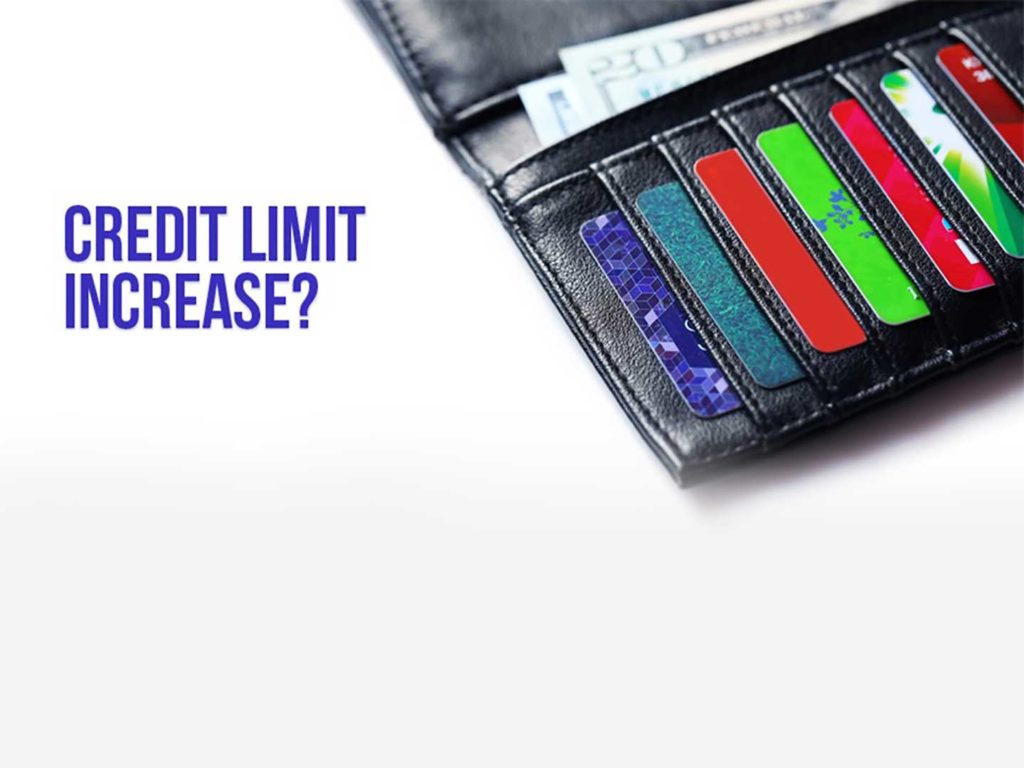Among the many things that prospective credit card owners are keen on knowing is the credit card limit they will be able to enjoy.
The credit card limit is the amount of money you are able to utilize as credit on your credit cards.
There are many factors that go into determining this credit card limit. In this article, we will delve into five critical factors.

1. Income Level
Income level plays a very important part in determining the credit limit of a card. During the application, you will state your income level along with proof that substantiates your claim.
Based on these income checks, a suitable credit limit will be arrived at. Therefore, while applying for a new credit card, make sure that you check eligibility for it, with respect to your income level.
2. Card Bracket
Related to the above point, a credit card bracket is a type of credit card that automatically comes with a certain credit limit.
Banks typically offer a wide variety of credit cards that cater to a disparate range of customers. Depending on factors such as income level or the relationship the customer enjoys with the bank, a particular credit card is offered to them or the customer is automatically eligible.
Each card on offer not only has a particular credit card limit but also has its unique set of benefits. In cases where customers qualify for a wide range of cards, it is left to their discretion to choose the card they would like to opt for.
Therefore, this is a factor where the credit card limit is more or less predetermined, based on the card(s) that customers qualify for.
3. Debt-to-Income Ratio
What if we told you that in spite of a high income, you may only qualify for a low credit card limit? This could happen in situations where you have a high debt-to-income ratio. Even though you have a high income, you also have a correspondingly high level of debt.
Credit card debt is only a part of the overall debt scenario, and banks will assess your position based on your overall debt picture. An excellent example is a mortgage on your property. If a major chunk of your “high income” goes into paying the mortgage on your home, then your bank will take that into consideration and possibly deem you fit for a lower credit card limit.
4. Credit History
Your credit history is an absolutely vital determinant of your credit card limit. Any time you are considered for a new credit card, your past credit record will definitely be looked into.
The bank will consider the following queries:
- Did you pay your credit card bills on time?
- Were there excessive late payments in your records?
- Are there credit cards as well as other kinds of debts where you proved to be an outright delinquent?
- Do you have a history of defaulting on payments?
All these (and more) factors will be looked into very closely before determining your credit limit.
Also bear in mind that if past transgressions have been too severe, there is every chance that you may even be denied a credit card altogether.

Banks especially look closely at the credit limit that was given to you on other credit cards that you had. Oftentimes, if you had a particular credit limit on other cards that remained unchanged, any new credit card given to you by a different bank would quite likely come up with a credit limit around the same amount.
5. Secured or Unsecured
A rather unique scenario is that of secured credit cards, wherein you can determine the credit card limit that will be assigned to you. These credit cards are referred to as “secured” ones because they are secured against an amount you deposit with the bank.
For example, if you deposit $5,000 with the bank, you could be assigned a credit card with a credit limit of $5,000.
It is not necessary that the two amounts are always an exact match, and this policy varies with each bank. For example, some banks assign a credit limit that is proportionately lower than the amount deposited with it. In the above instance, for example, a credit card with a $4,000 credit limit may be assigned, instead of $5,000. It’s an 80% credit limit to deposit ratio.
A downside to this arrangement is that you will have no access to the deposit you make with the bank against which the credit card has been assigned to you. After all, it is the deposit that deems your credit card to be “secure”. As long as you have the credit card on you, that deposit will completely be at the bank’s discretion, as security against your credit card spending.
Yet for folks with no credit history or a poor credit score, this is one of the easiest ways for them to get a credit card to begin repairing or building their credit.
Conclusion
As you can see above, there are a number of factors that ultimately go into determining your credit card limit. Take into consideration the factors that apply in your case and possibly work on them in suitable ways, if you are keen on increasing the card spending limit available to you at the moment.
Disclaimer: All credit products carry risk. Be aware of these risks by reading the associated terms and conditions.
